mammary tumors in cats uk
Mammary Cancer in Cats Explained. Mammary tumors are among the most common tumors in the cat.
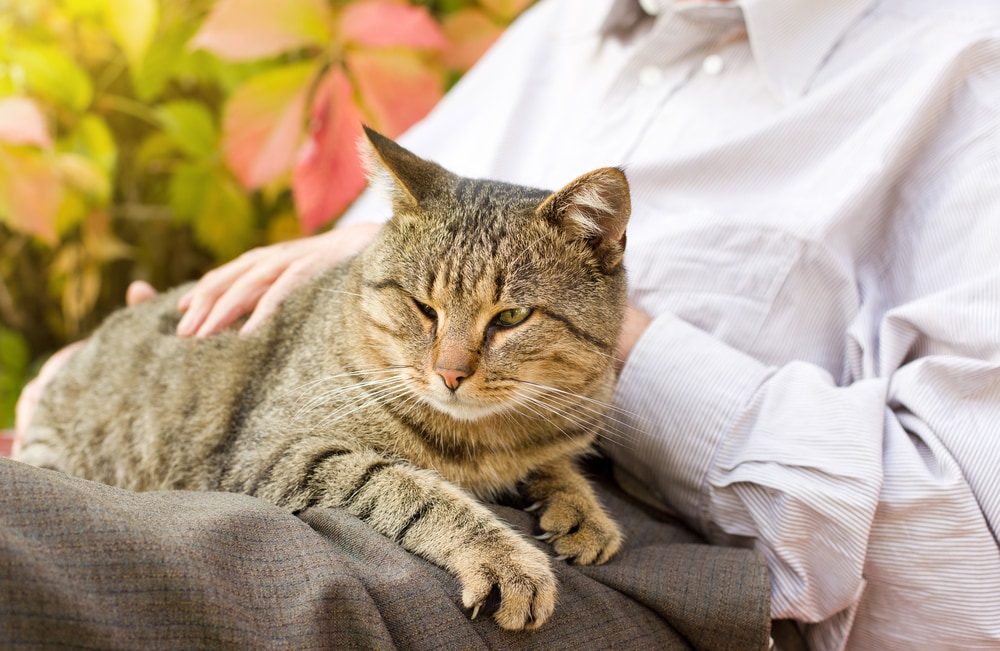
Feeding Cats With Cancer So They Are Strong Enough To Fight It Petmd
The risk of a dog developing a mammary tumor is 05 if spayed before their first heat approximately 6 months of age 8 after their first heat and 26 after their second heat.

. A mammary breast tumor is a common tumor in cats. Early detection of this type of cancer is critical and greatly improves chances of. There appears to be.
Although the tumor can become fixed at its point of origin it will usually spread to the lymph nodes and. In dogs almost half of these are malignant. Ductular lobular and fibroepithelial hyperplasia.
The average age of cats with mammary gland tumours is 10-12 years oldIntact females are at. Feline mammary gland tumors rank third in frequency following lymphoid and cutaneous neoplasms 1234Most feline mammary tumors have a malignant appearance on microscopic examination and a large proportion are life-threatening even after complete excision 12567A statistically significant correlation between tumor size and postoperative survival. Approximately 90 of mammary tumors in cats are malignant cancerous.
An unspayed female has a one in four chance of developing a mammary tumour. Other signs of tumours benign or cancerous affecting internal organs can include loss of appetite weight loss lethargy and weakness difficulty in breathing limping and recurrent digestive problems. More than 90 of the victims are female cats older than 10 years of age.
However the disease is occasionally seen in spayed females and rarely in male cats. Approximately one in 4000 cats will develop this feline version of breast cancer and virtually all of those cats will be females and most will be middle-aged cats say 10 to 12 years of age. What causes mammary tumors in cats.
The efficacy of a treatment combination of a COX-2 inhibitor meloxicam chemotherapy and surgery in 23 cats with histologically confirmed mammary gland adenocarcinoma was evaluated. 15 of feline mammary tumors are either benign or dysplastic. Non-healing sores should also be investigated.
Mammary cancer is the third most common cancer of cats. The mean age at presentation is 10 to 12 years. Mammary Tumors In Dogs Cats The Meowing Vet Juliet The Cat Was Diagnosed With Large.
In the cat mammary cancer is the third most common cancer with the most common victim being a senior female cat around age 10-12 years who either remains unspayed or was spayed well into adulthood. The first sign of this type of cancer may be a fluid-filled or firm lump associated with the mammary gland or discharge originating from the nipple. Mammary tumours are among the most common neoplasms in both cats and dogs but the prevalence of malignant histological types is far higher in cats ratio of malignantbenign is at least 41.
All of the cases underwent an aggressive surgery with concurrent doxorubicin-based chemotherapy. 85-95 of mammary gland tumours are malignant and adenocarcinomas are the most common type of malignant neoplasm of mammary gland cancer. However these can be signs of many other illnesses as well.
Domestic Shorthairs and Siamese may have higher incidence rates than other breeds. These tumors are a huge problem for cats. Siamese are a breed at higher risk and may develop this cancer.
15 of feline mammary tumors are either benign or dysplastic. These two forms of the disease have different diagnostics treatments management and prognosis. Female cats generally develop mammary cancermalignant adenocarcinomaswhen they are about 10 to 14-years-old.
According to the American College of Veterinary Surgeons 85 of them are cancerous ie. The more aggressive nature of mammary neoplasia in cats poses challenges for management. Only 15 are benign What causes mammary tumors in cats.
This risk is eliminated if a pet is spayed before her first season. Mammary tumours usually develop in pets over six years old. Mammary tumors can be benign non-cancerous or malignant cancerous.
3 types of non-inflammatory hyperplasia. The information on this page concerns the situation for our feline friends. Most affected cats are intact females.
There are many different types of cancer and they are often classified according to the origin of the type of abnormal cell they contain. Fibroepithelial hyperplasia diagnosed in cats after silent estrous during pregnancy and treated with exogenous progestins. Some evidence that domestic shorthair and Siamese cats have higher incidence of mammary cancer.
Even spaying after one season still reduces her risk by over 90 percent. This type of cancer is very aggressive and hard to treat as it spreads quickly. These contrast with benign tumors which do not spread.
Cats spayed before 6 months of age have a 7-times reduced risk of developing mammary cancer and spaying at any age reduces the risk of mammary tumors by 40 to 60 in. By spaying a cat at 6 months of age or. Mammary cancer is the third most common cancer in the cat after blood cancers and skin tumors.
Reported in cats ranging from 9 months old to 23 years old with an average age being 10-12 years old. The most common sites of cancer in cats include the skin the white blood cells leukaemia and lymphoma the mouth the stomach and intestines and the mammary glands. The information on this page concerns the situation for our feline friends.
Several reports have documented a strong. Possible signs and symptoms include a lump abnormal bleeding prolonged cough unexplained weight loss and a change in bowel movements. A mammary tumor develops as a result of abnormal replication of the cells that make up the breast tissue.
Prognosis is affected by tumour size and. In the cat mammary cancer is the third most common cancer with the most common victim being a senior. In cats most are.
Mammary cancer in cats is the third most common type cancer seen in this species. Diagnosis Treatment and Prognosis. Multiple mammary gland involvement is.
The mammary cancer picture is a little different between cats and dogs. In cats the vast majority of mammary tumors are malignant. Majority of cats 2 years.
Mammary tumors in cats uk Wednesday March 2 2022 Edit. Mammary tumors develop because of spikes in female hormone estrogens that take place during a cats heat cycle. Mammary breast cancer is the third most common cancer in cats after lymphoma and skin cancer.
These masses do not tend to be painful but can be associated with increased grooming. The risk of developing this cancer is twice as high in cats.

Cat Breast Cancer Causes Symptoms And Treatment Of Mammary Cancer
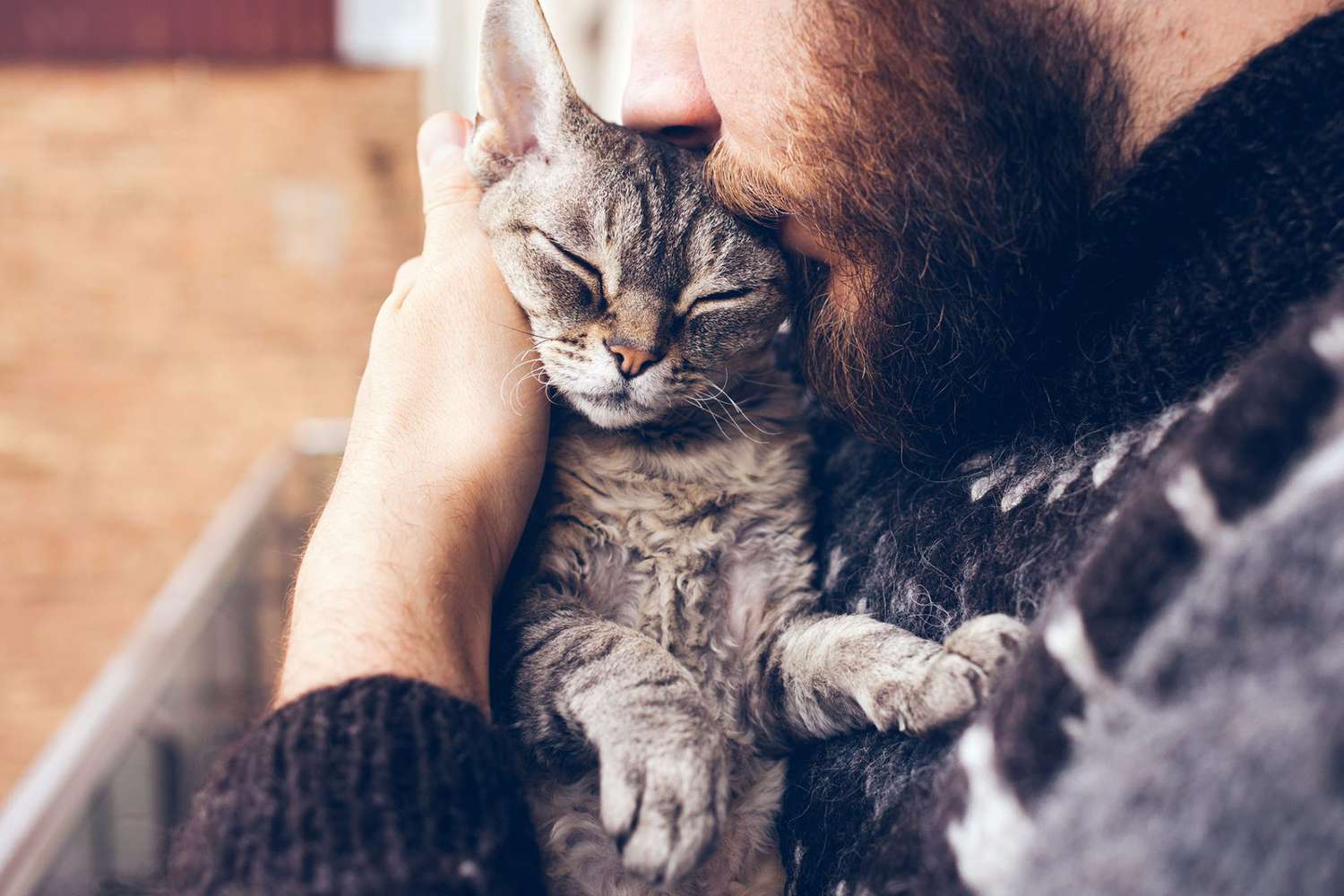
Signs Of Cancer In Cats How To Tell If Your Cat Has Cancer Daily Paws

Mammary Carcinoma International Cat Care

Cat Breast Cancer Causes Symptoms And Treatment Of Mammary Cancer
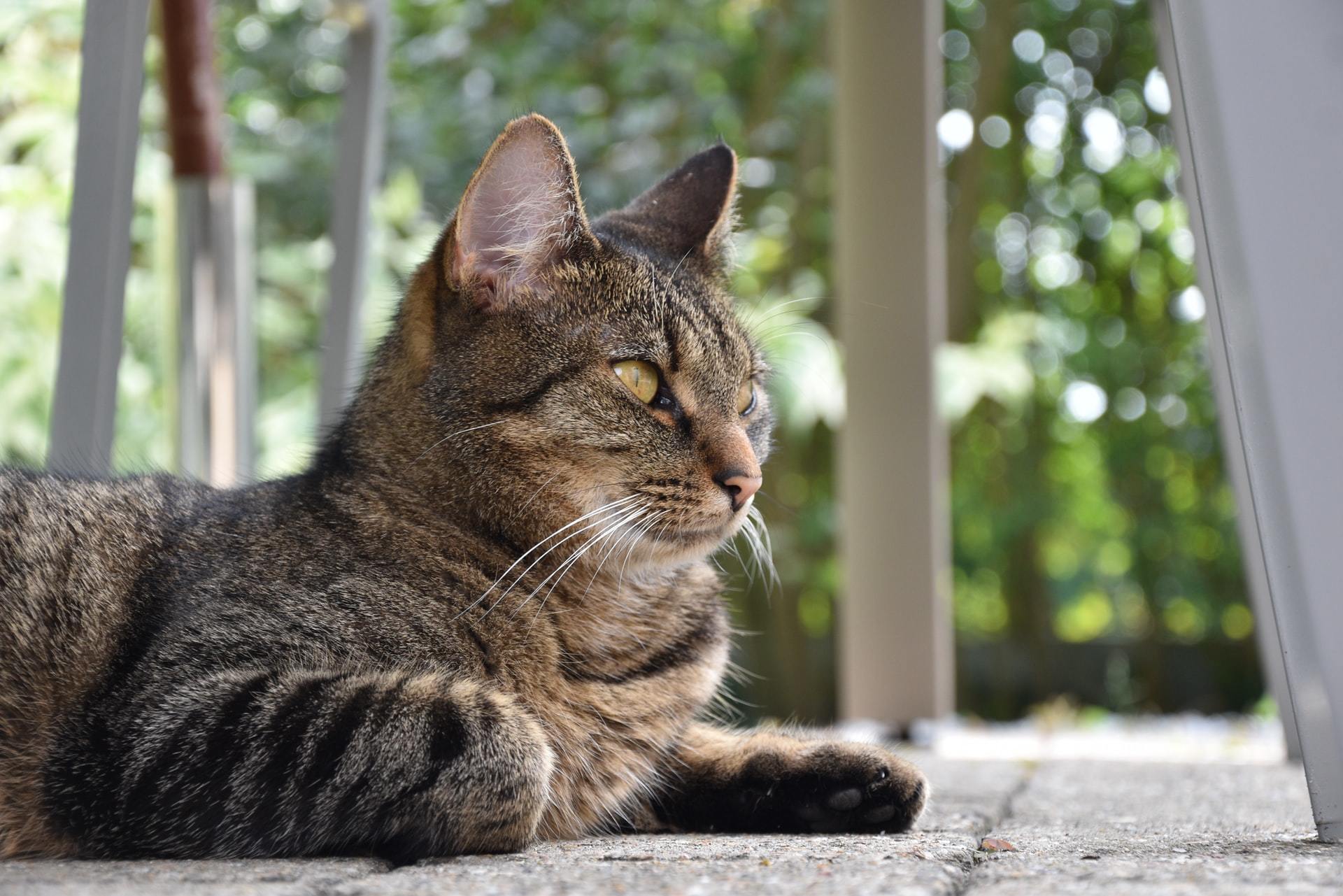
What Is This Lump On My Cat Is It Cancer Firstvet

Top Four Cat Cancers Vetsavers Pet Hospital
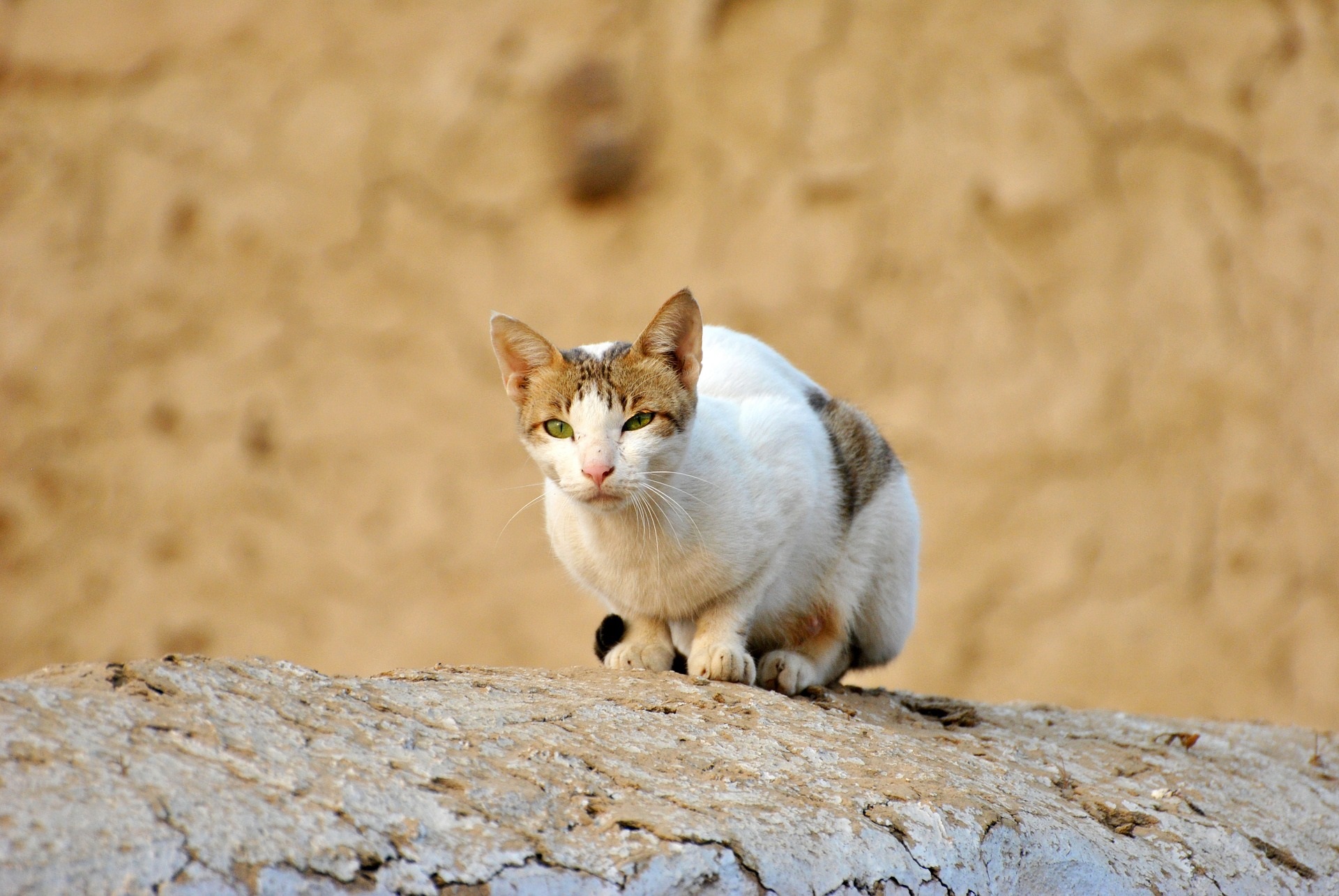
4 Types Of Cat Cancer And Their Common Symptoms

Moo A1098810 Manhattan Please Share To Be Destroyed 12 11 16 Two Years Old Healthy Gentle Click For Animal Rescue Animal Help Cats And Kittens

4 Types Of Cat Cancer And Their Common Symptoms
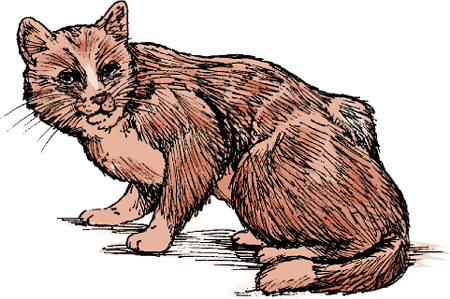
Tumors Of The Skin In Cats Cat Owners Msd Veterinary Manual

Cat Breast Cancer Causes Symptoms And Treatment Of Mammary Cancer
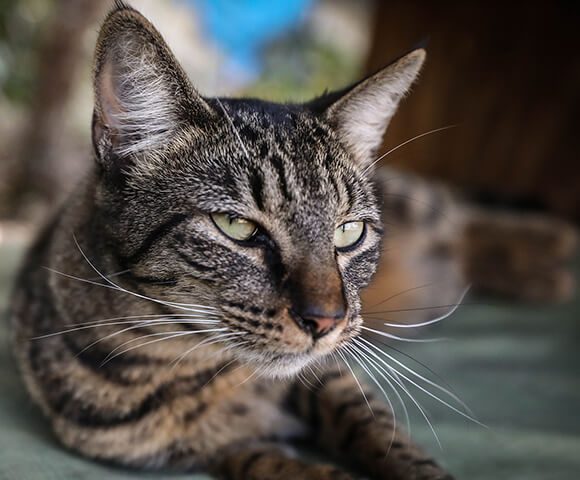
Mammary Carcinoma In Cats Bluepearl Pet Hospital
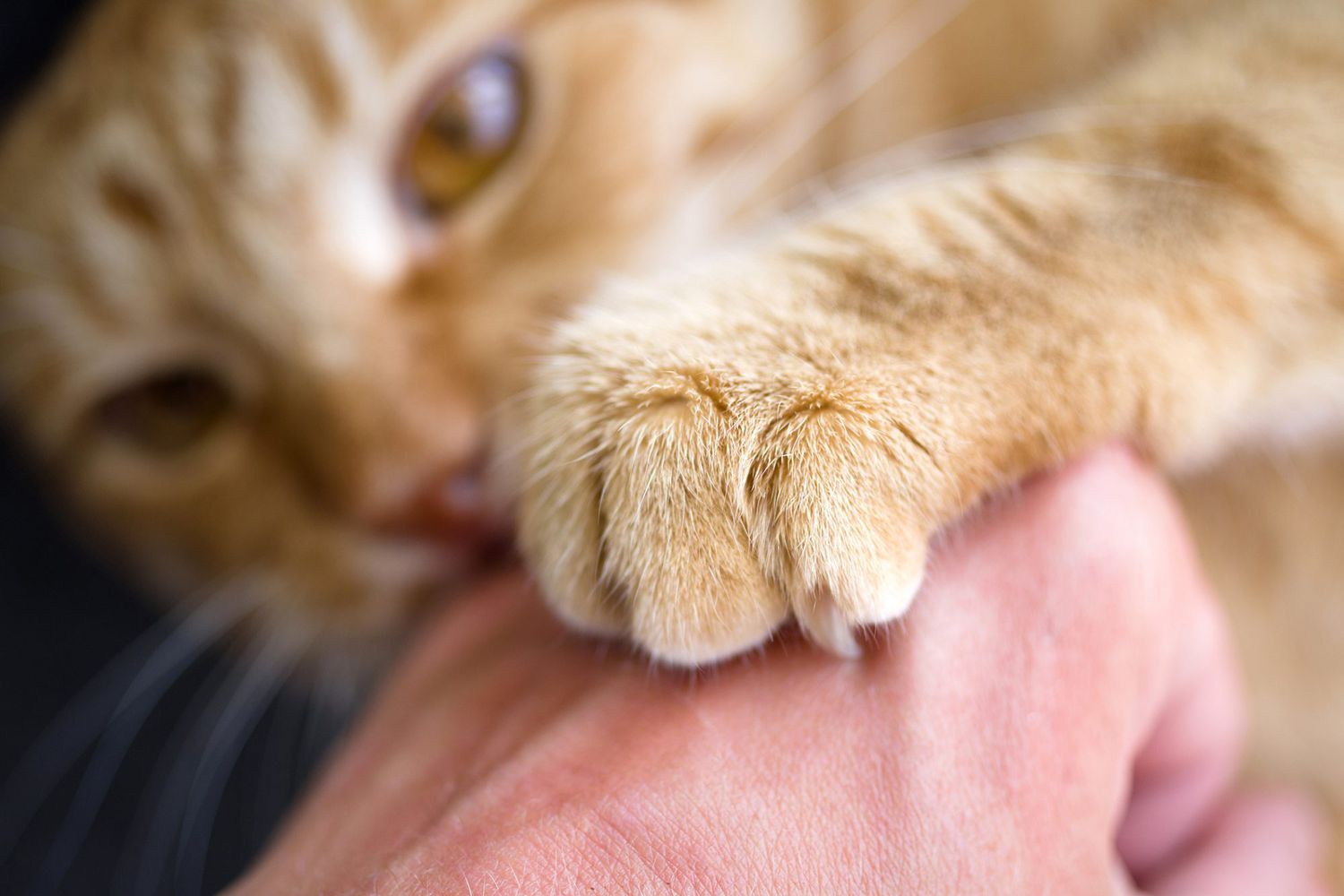
Signs Of Cancer In Cats How To Tell If Your Cat Has Cancer Daily Paws

My Cat Has A Large Tumor On Her Mammary Gland That Is Now Open And Draining She Has Had Antibiotics And Pain Meds She
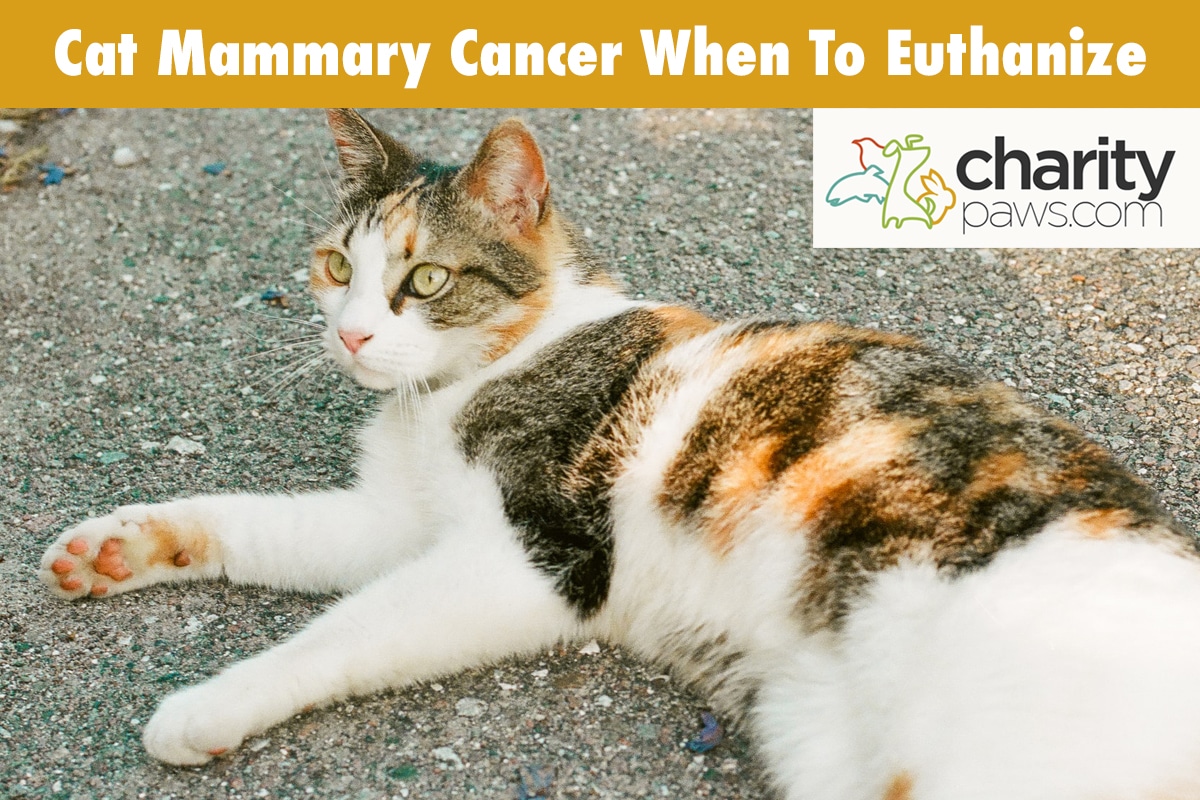
Cat Mammary Cancer When To Euthanize When To Say Goodbye

Coping With Cat Cancer Symptoms And Advice Blue Cross

Cat Who Developed Cancer Is Purring Again After Taking Cannabis Oil Daily Mail Online
